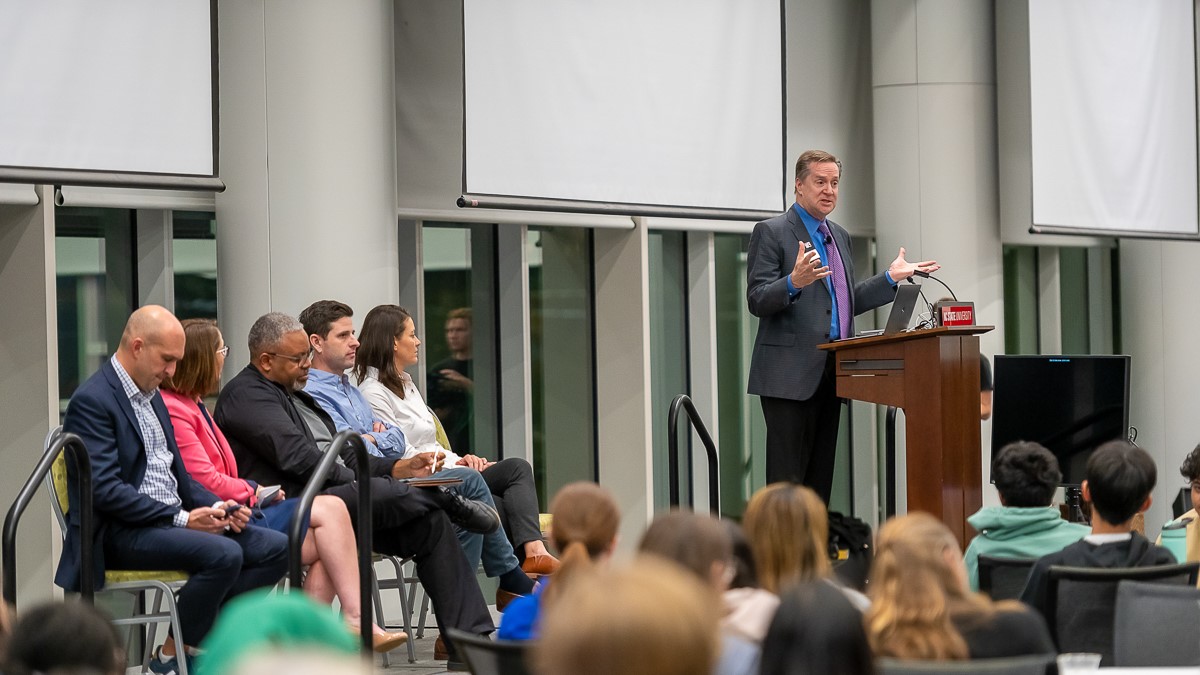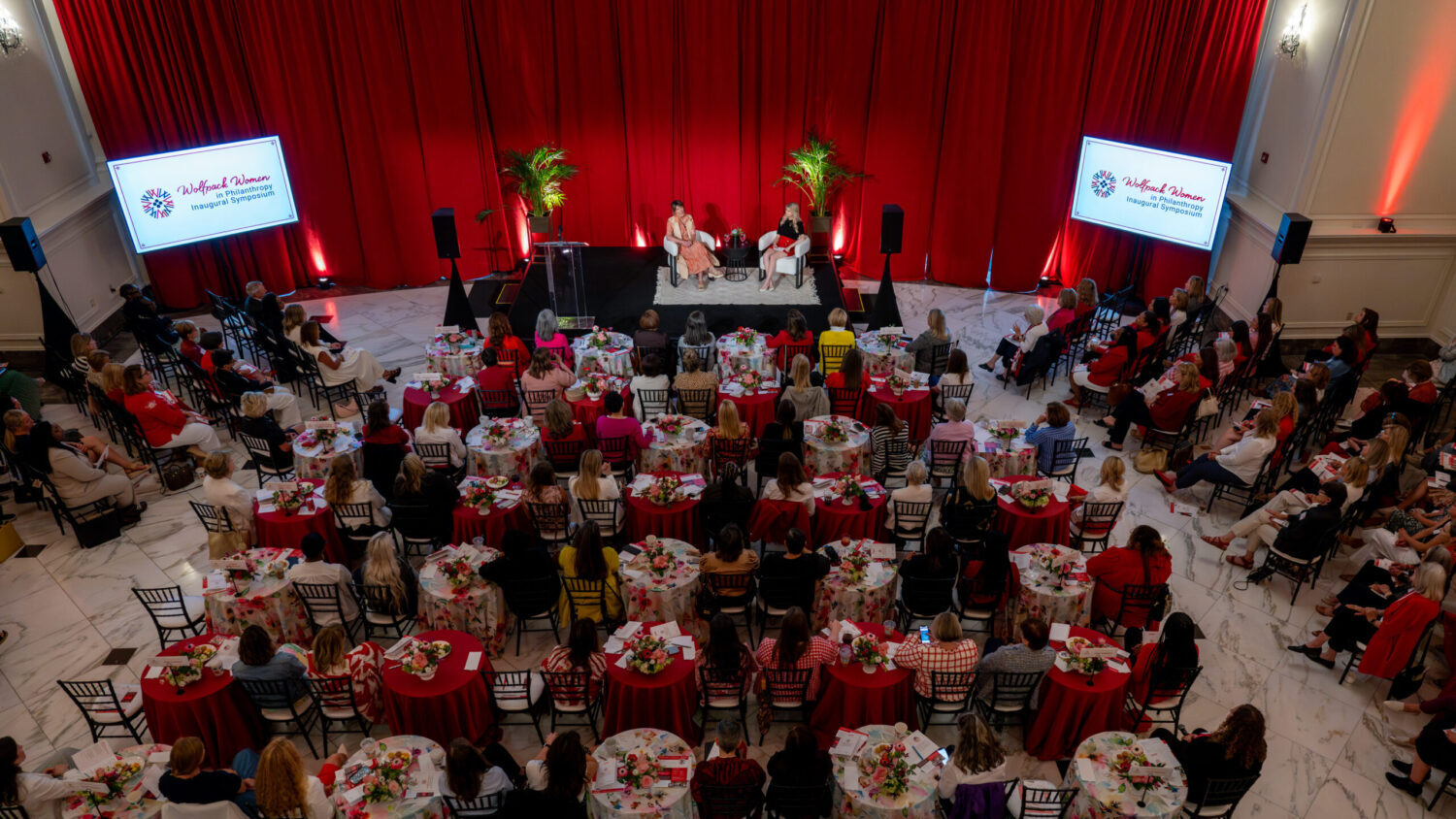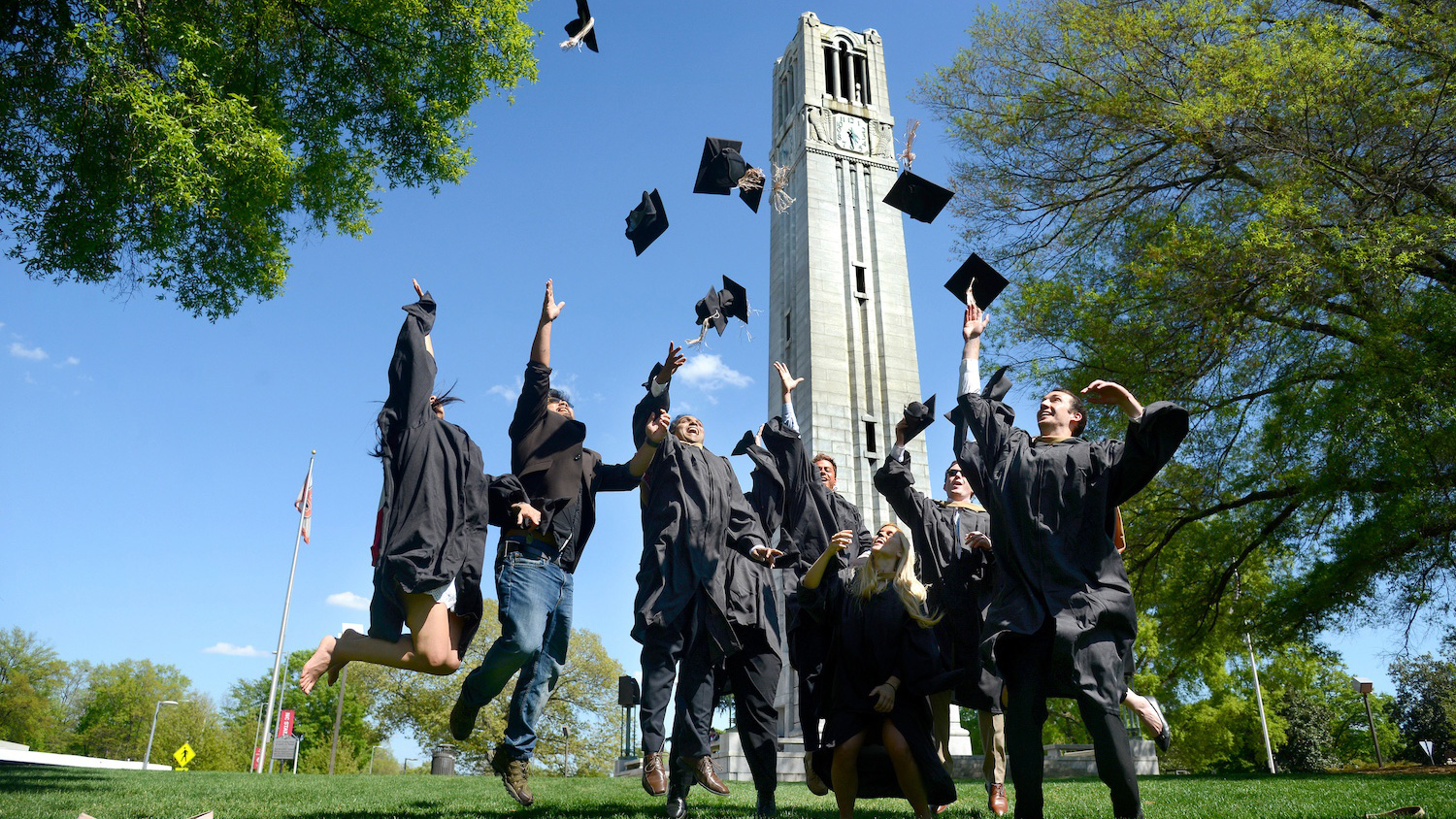The Tower Team
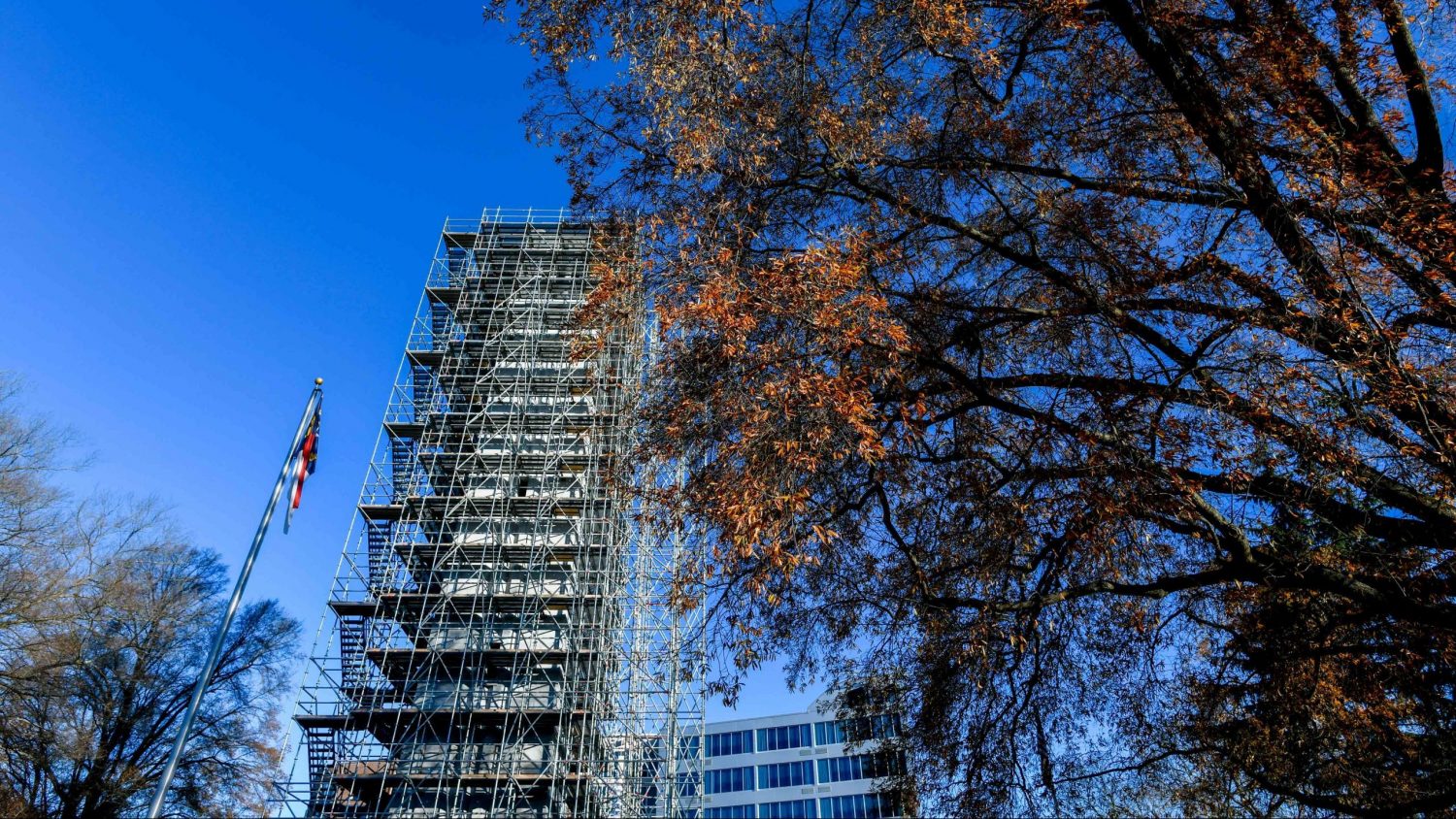
Dozens of experts are working on the Memorial Belltower’s restoration and completion, and many of them are graduates of NC State. Meet some members of the Wolfpack who are helping complete, restore and update the university’s most iconic symbol.
Matt Messick
Vice President, Walter Robbs Architects
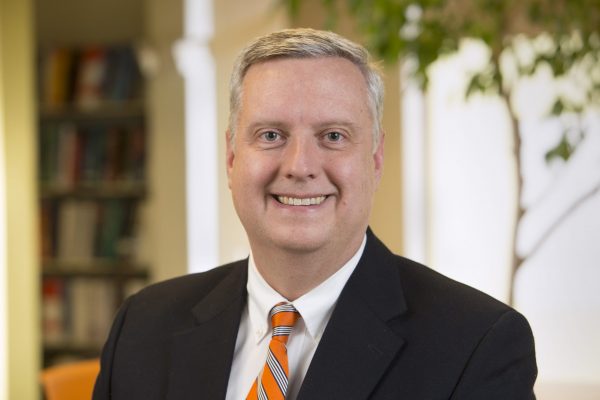
What year did you graduate from NC State?
I graduated in 1991 with a bachelor of architecture.
How did your experience at NC State influence your career path?
Professors in the College of Design exposed me to studio professors who were also involved heavily in architectural practice in the Raleigh/Durham area. This unique experience of being taught by practicing architects helped me discover my architectural style and instill my confidence in design. Bob Burns, who was the head of architecture at that time, encouraged me to apply for a summer fellowship that ultimately led to an internship with RTKL, a large architectural/engineering firm in Baltimore, Maryland. Ultimately, he was instrumental in introducing me to Lloyd Walter, an NC State alum and president of Walter Robbs Callahan & Pierce Architects, who offered me a fifth-year scholarship and my first full-time architectural position out of college. NC State clearly gave me the foundation for practicing as an architect and helped connect me to the real world.
Do you have a personal memory of the Belltower that is especially meaningful?
I have fond memories of the Belltower being lit up red after beating rivals like Duke and Carolina. Being on that side of campus, I often remember hearing the chimes as I moved between classes at the College of Design.
What is your role on the Belltower project?
I am project executive and architect of record working with our internal team and other consultants to restore the Belltower.
What makes the Belltower project harder or more unique than others you’ve worked on?
With the tower being such a significant landmark to NC State, we want to ensure that the addition of new elements and the incorporation of accessibility at the base do not take away from the integrity of this iconic landmark. In addition, we want to preserve the Shrine Room and plinth with the original materials as much as possible. Historic fabric cannot be replaced.
Do you have a favorite Belltower fact or piece of history?
I actually have two favorite facts about the tower. First of all, the Belltower survived a direct hit by lightning near the top of the structure. It chipped the corner of the tower, the damage is still visible and the piece went missing for some time until it was anonymously returned. Secondly, our team’s research leads us to believe that the Belltower’s cornerstone contains a time capsule. This stone, identified by the classic Mason’s symbol, is located on the northeast corner of the tower base. It was customary for the Masons to donate cornerstones for institutional structures, and to provide a lead time capsule box containing a newspaper and Mason’s coin.
Tim Cook
Structural Engineer of Record, SKA Consulting Engineers

What year did you graduate from NC State?
I received my master’s in civil engineering in 1991.
How did your experience at NC State influence your career path?
I would not have been connected to the company and opportunities I’ve had without having attended NC State. NC State gave me not only the education and tools I needed, but also the confidence to move ahead.
Do you have a personal memory of the Belltower that is especially meaningful?
It was a little breathtaking the first time I saw it in person, having only seen images before and not having visited Raleigh.
One fun fact, I met my wife, Amy Furr Cook, at NC State — she is also a 1991 grad.
What is your role on the Belltower project?
I’m project manager and engineer of record for our structural role. SKA is responsible for the structural as well as mechanical, electrical and plumbing modifications related to the project. This includes replacement of deteriorated elements and structural design of new elements, most notably the Shrine Room stair. For example, the original 1920 drawings indicate bronze balusters and handrail. Today, an all-bronze balustrade would be very expensive, so we have designed the stair with iron balusters and a bronze handrail.
What makes the Belltower project harder or more unique than others you’ve worked on?
There’s a confined space for all the new components to fit in, as well as the coordination of finish profiles and attachments. It’s challenging allowing space for new mechanical and electrical systems.
Do you have a favorite Belltower fact or piece of history?
This is not specific to the Belltower, but my late uncle, David Burnette, worked in the North Carolina Cooperative Extension service for his entire career — and in Ricks Hall. He was a long-time advocate for NC State and would be very happy about this work.
Heather Rhymes
Landscape Designer, CLH Design
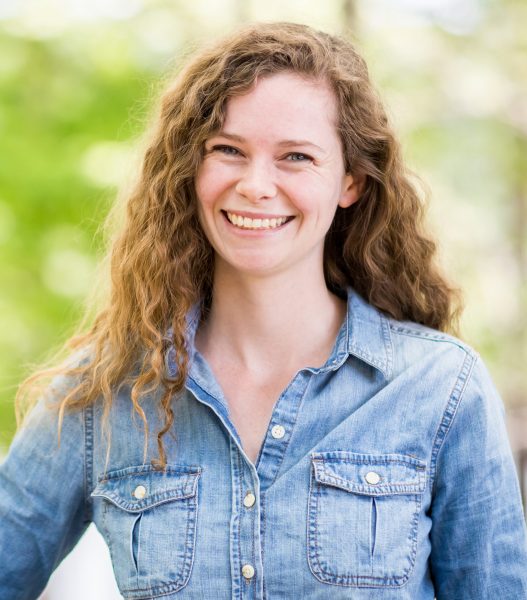
What year did you graduate from NC State and what degree did you receive?
I received my master of landscape architecture in 2013.
How did your experience at NC State influence your career path?
The landscape architecture program at the College of Design prepares students with a broad range of skills, ranging from technical drawing to artistic expression to academic research. We are exposed to a variety of ways to approach and define “landscape architecture,” so students have many options upon graduating. My current position at CLH Design is what I perceive as a traditional role for a landscape architect. We provide services for mainly public work, consisting of grades K-12 and higher education, as well as municipal projects — libraries, town halls, fire stations, parks, etc.
What is your role on the Belltower project?
I’m part of the design team working on the exterior site design at the Belltower. We produce the drawings and specifications detailing the hardscape paths, drainage and utility locations, and landscape materials for the contractor to install.
What goes into selecting the landscape materials for the site, and is there consideration given to materials that might be significant to NC State’s history or legacy?
For the site materials, we are using white Mount Airy granite, the granite used for the existing tower. The Mount Airy quarry in western North Carolina is one of the largest open-faced granite quarries in the world. The main level of the tower, which is currently gravel, will be replaced with concrete in the score pattern and material of the 1940s historic plan. The upper plinth — the upper level before entering the Shrine Room — is currently pink granite cobblestones. These will be reused as accent material, and will be reused elsewhere on campus. Landscape material will be formal and minimal, with several small trees framing the new ascending walkway from the south.
What makes the Belltower project harder or more unique than others you’d worked on?
The Belltower and Henry Square are meaningful in many different ways to many different people. It is an honor to be involved with this special project. It is important to be sensitive to the history of this hallowed place, as well as keep in mind how this iconic structure interacts with the present. There are also several site factors that make this project challenging. Currently, the tower is surrounded on four sides by sets of stairs. Universal design — designing for people of all abilities — is a tenet of the campus master plan, so one of our goals was to design a way to make the upper level, or plinth, and entry to the Shrine Room accessible to everyone while still honoring the structure and design.
Tom Muse
Electrical Engineer/Senior Project Manager, SKA Consulting Engineers

What year did you graduate from NC State?
I earned my bachelor of science in electrical engineering in 1993.
How did your experience at NC State influence your career path?
My experience at NC State was remarkable because I had the opportunity to be part of two extraordinary programs – engineering and athletics.
NC State has one of the top engineering programs in the country, and I was fortunate enough to be able to study electrical engineering and other rigorous courses under very talented professors. I was also a punter on the football team. From 1988 to 1992, NC State had some very successful seasons – including four straight postseason bowl games.
At the end of my senior year, I spoke briefly at a football banquet and indicated that I wasn’t sure which area of electrical engineering I was going to pursue after graduation. Harold McKnight, a consulting engineer from Charlotte, introduced himself to me after the banquet and asked me if I had ever considered consulting engineering for the design and construction industry.
Although I did not start my career in consulting engineering, I transitioned to consulting engineering after a year or so. Throughout my career, I have been blessed with many mentors along the way, and I’m extremely grateful for all of those engineers, especially those alumni from NC State that took some extra time to teach and guide me over the past 25 years.
Do you have a personal memory of the Belltower that is especially meaningful?
One of my favorite memories of the Belltower is when I started the electrical fieldwork on site earlier this year. I was on the plinth making notes about the exterior lighting and power distribution system when I came across the large entry door that opens into the Shrine Room.
When I looked up and saw the words “And They Shall Beat Their Swords into Plowshares” on the entry door, I paused for a few minutes and realized that the Belltower is more than just a tall monument. It speaks to the memories of those students that gave their lives in World War I and it is a visible reminder for all of us that freedom is precious.
What is your role on the Belltower project?
I work for SKA Consulting Engineers in Greensboro, where I am the director of mechanical, electrical, plumbing and fire protection services. On the Belltower project, I am serving as the electrical engineer of record.
What makes the Belltower project harder or more unique than others you’ve worked on?
The Belltower is unique because it is such a significant landmark for the university and North Carolina. The Belltower is more complex than most projects because we are trying to bring a 100-year-old historical structure up to today’s standards without changing the historical appearance.
From an engineering standpoint, this means updating the lighting to LEDs, routing larger utilities through the foundation and up into the tower, and designing HVAC systems to help control humidity.
Do you have a favorite Belltower fact or piece of history?
As a member of the NC State football team under Coach Dick Sheridan, it was always fun to see students and Wolfpack fans celebrate over on Hillsborough Street and at the Belltower – especially after conference wins and bowl games.
